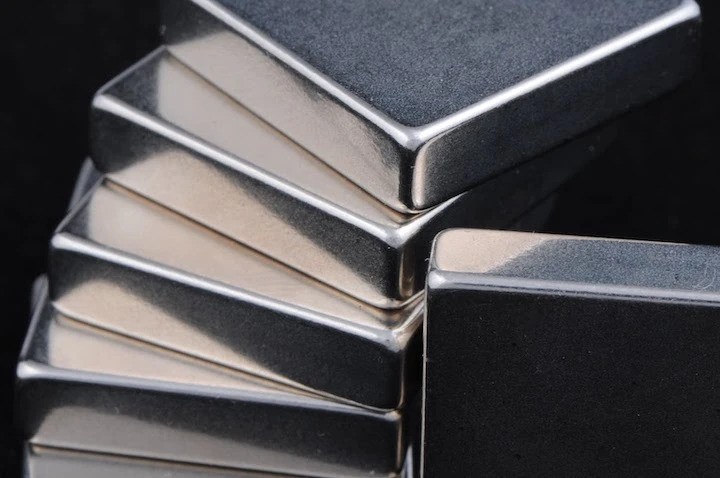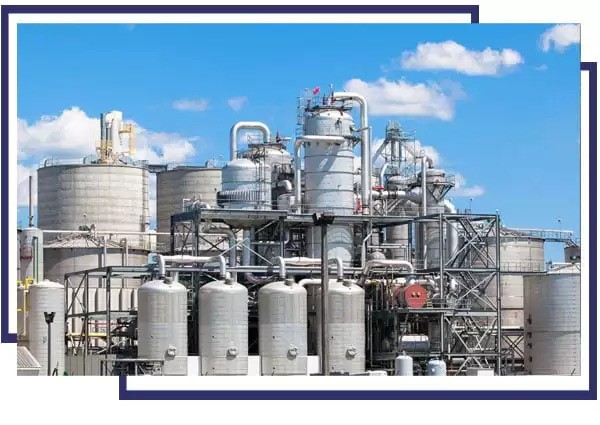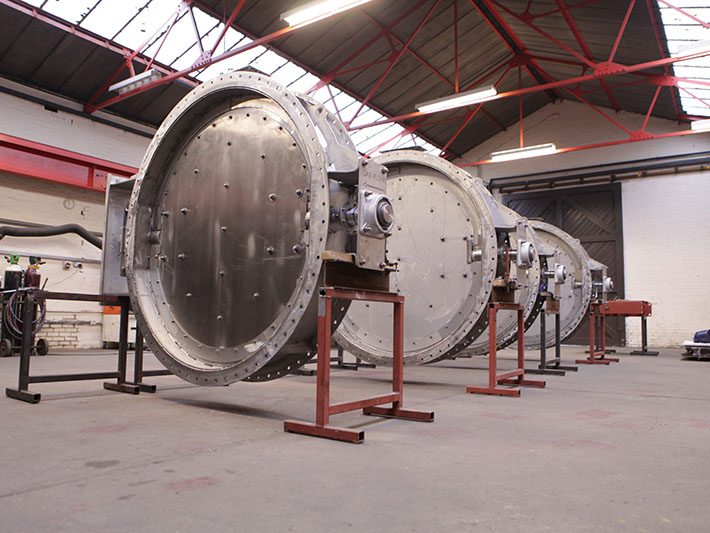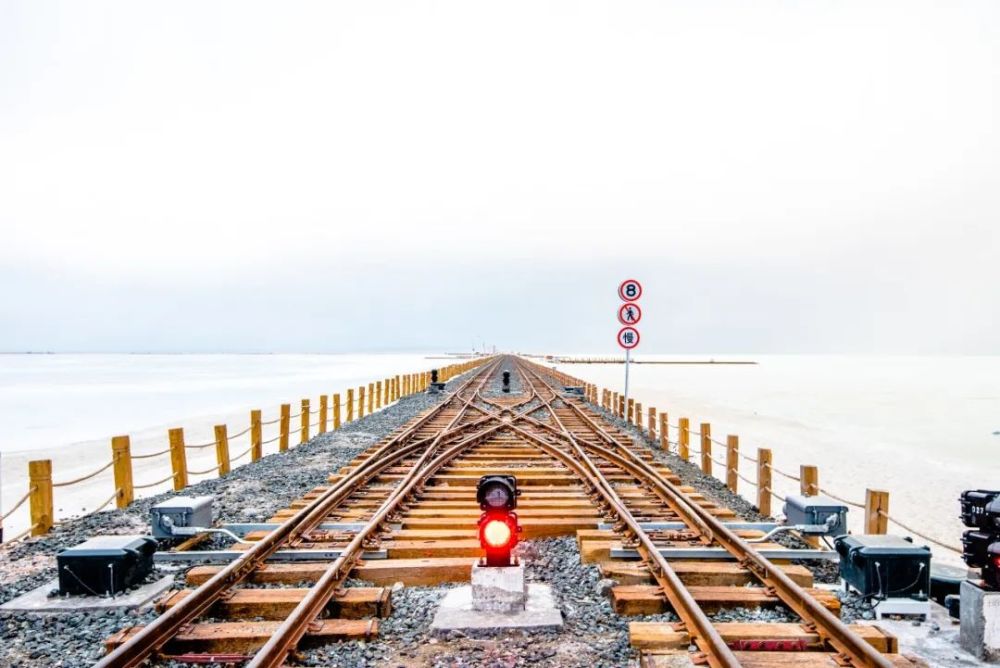





Phone
+86-731-82250427
Address
25th floor, C3 Building, Wanda Plaza, Kaifu District, Changsha, Hunan Province, China.
 May 24 2023
May 24 2023Why are the train tracks always rusty? This is related to the materials used to construct the rails. Now we will reveal the materials used for the rails.
Why are railroad tracks always rusty?

Rail is the abbreviation of railway track. Rail is a habitual term. It is made of steel with high hardness and high toughness. In order to improve the compressive and wear-resistant strength, manganese is usually added. Manganese steel is hard and wear-resistant, has a certain impact toughness, and meets the conditions for manufacturing railroad tracks. In addition, the density of manganese steel rail is very high. When the oxidized rust film is formed on the surface, it will form a protective effect on the inside and will not affect the use.
Iron and steel are distinguished by their carbon content. Iron-carbon alloys with a carbon content of less than 2% are steel, and those with a carbon content of more than 2% are called pig iron.
From a metallurgical point of view, there is no such thing as stainless iron. Stainless steel is also a kind of steel. Steel has toughness, elasticity and rigidity; in terms of rust, rust is not resistant to corrosion. The main element that determines the corrosion resistance of stainless steel is chromium.
Steel with a chromium content above 10.5% will not rust. At this time, the oxidation of chromium and the corrosive medium will form an oxide film on its surface, which can prevent basic further corrosion.
The cost of iron making is much lower than that of stainless steel. In the design and manufacture of some items with a shorter service life and iron quality that can meet the material requirements, iron is of course used.
The reason why stainless steel cannot be used is that it is not resistant enough, and it is easily damaged under thermal expansion and contraction. In the daily wind, rain and exposure, stainless steel will be easily damaged. Although the high-manganese rail used now looks rusty, there is only a layer of rust on the surface, and the inside is still intact.
In addition, the density of manganese steel rail is very high. When the oxidized rust film is formed on the surface, it will form a protective effect on the inside and will not affect the use.
Stainless steel material characteristics
First of all, technically speaking, most people think that stainless steel is not rusty. In fact, stainless steel, like other alloys, is also rusty, but the color of the surface oxide film (rust) after the stainless steel is rusted is the appearance color of stainless steel, and This layer of oxide film is relatively dense, which can prevent further oxidation and rusting of the internal structure.
However, this oxide film can still be corroded under certain conditions, especially in a humid acidic environment.
Therefore, stainless steel cannot be used in many cases. There are many types of stainless steel, and the hardness of stainless steel (especially austenitic stainless steel) is low. For example, it is difficult to make a knife when it is used to make a knife. Even if it is made, it is easy to become dull. Experienced people know that bright stainless steel The board is easily scratched because of its soft texture.
Therefore, technically speaking, stainless steel does not rust, but the color after rust is similar to the color before rust; its performance is not suitable for use in all places, so stainless steel cannot be used in general to replace other materials.
In terms of resources, nickel and chromium used in stainless steel are relatively scarce minerals, especially nickel is relatively scarce, useful and useful things are always used in key places, and can not be used and wasted at will.
In terms of cost, costs are all considered when buying materials, making parts, and installing machines. The price of stainless steel is not only a little bit higher than that of other materials such as ordinary steel, aluminum, magnesium-aluminum alloy, plastics, etc., but several times higher. As long as cheap materials can meet the requirements, who will use expensive materials?
In addition, even if other materials are rusty and not resistant to corrosion, there are now many surface treatment technologies that can protect the materials from corrosion, such as: painting, powder spraying, electroplating, electrophoresis, surface oxidation, surface chemical treatment (nitriding, cyanide Chemicals, etc.) can improve the surface corrosion of materials. Therefore, it does not necessarily mean that rusty materials cannot be used in corroded areas.
On the whole, stainless steel cannot be used to replace all other materials. Only after fully considering the part function, material performance, working environment, part cost, processing performance and possibility, etc., can a suitable material be selected for the part. .
